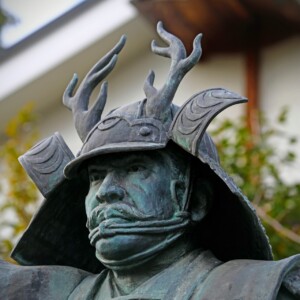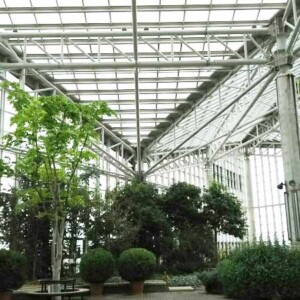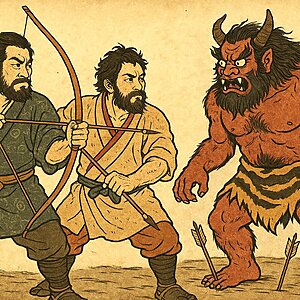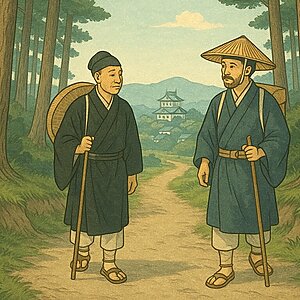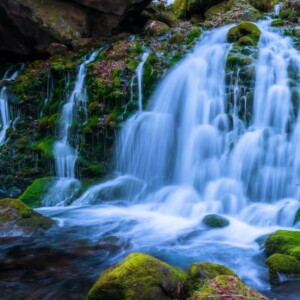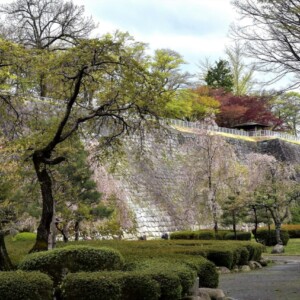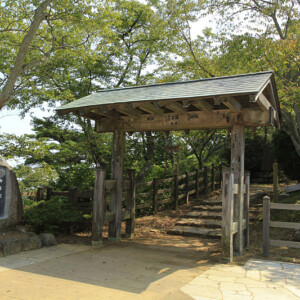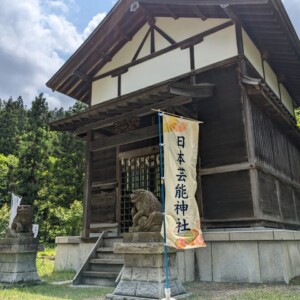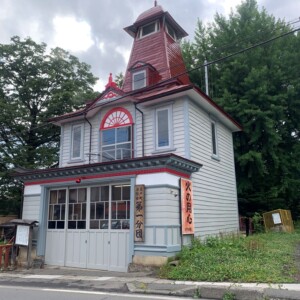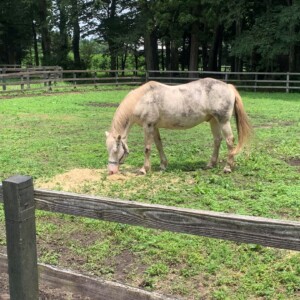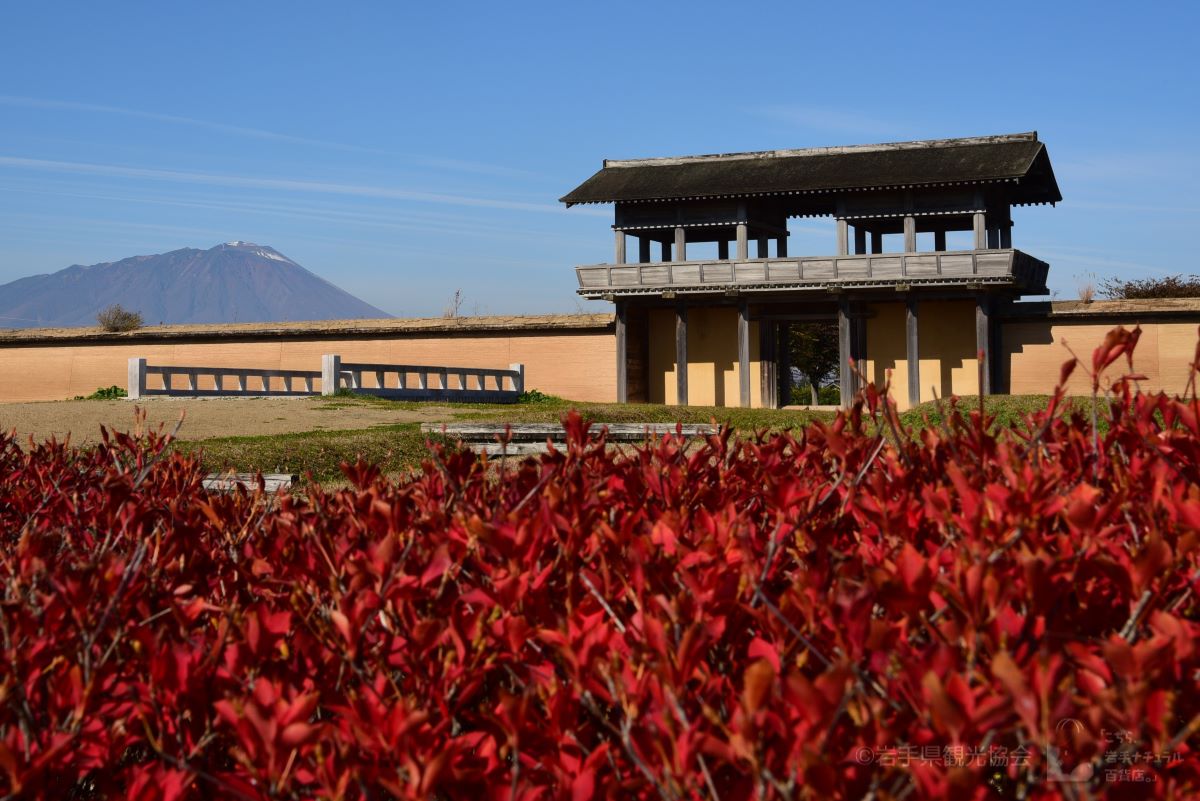
[Series 1: The role of the previous nine years and the role of the later three years] Why did the Ou War at the end of the Heian period take place?
table of contents
Also known as the "Twelve Years' War of Oshu," this battle, which took place at the end of the Heian period and took place between Mutsu and Dewa, what are now Iwate and Akita prefectures, was not just a local battle but a campaign that served as a bridge to the Kamakura period.
These two battles were called "wars" because the Imperial Court at the time called the rebellious people of the Tohoku region "Emishi" and viewed them as "foreign countries."
The residents' dissatisfaction grew as they were squeezed out of taxes by provincial governors sent by the Imperial Court and suffered plundering by the provincial army, and the Abe clan, who were in charge of governing the Okurokugun region (inland Iwate Prefecture), began to show a stance of counterattack
What were the Zenkunen War and the Gosannen War?
The Zenkunen War and the Gosannen War were two wars fought in the Tohoku region (Iwate and Akita prefectures) from 1051 (Eisho 6) to 1062 (Kohei 5) and from 1083 (Eiho 3) to 1087 (Kanji 1) .
The Battle of Zenkunen refers to the war in which the Minamoto Shogun, dispatched by the Imperial Court with the help of the Kiyohara clan, put down a rebellion by the Abe clan, whose power was expanding in Mutsu (Iwate Prefecture)
After that battle, an internal conflict arose within the Kiyohara clan, which had been strengthening its control from Mutsu to Dewa Province, and the struggle for succession that began from there escalated into the Gosannen War, in which the Minamoto clan also became deeply involved
These two wars led to the rise of the Oshu Fujiwara clan in Hiraizumi, Iwate Prefecture, and strengthened the bonds between the Minamoto clan and the eastern warriors, eventually laying the foundation for Minamoto no Yoritomo to establish the shogunate in Kamakura
The situation in the Tohoku region during the Heian period

At this time, most of the Tohoku region was subject to the Yamato court but was not fully incorporated, and was called Emishi and treated like a vassal state
About 250 years before the Battle of Zenkunen in 1051, Sakanoue no Tamuramaro was appointed Shogun by Emperor Kanmu and forced the Emishi chieftain Aterui to surrender
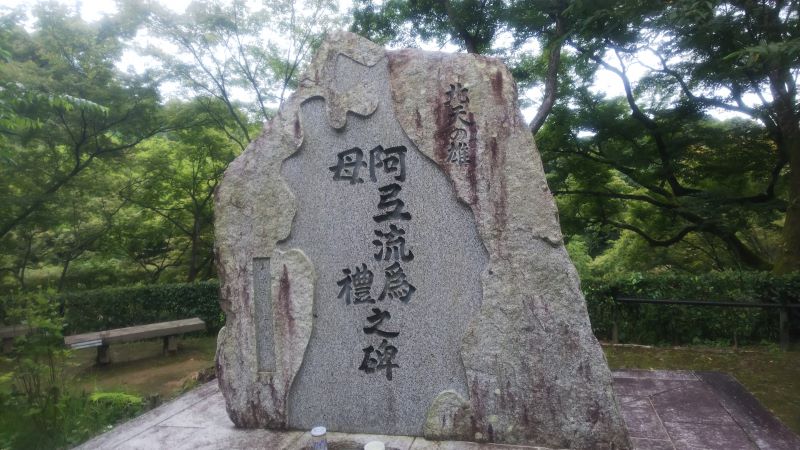
However, even though they were defeated, the Emishi still had great power, and the Yamato court was unable to completely subjugate them. Because they were far away, they left local governance to the Emishi and ruled them by forcing them to pay taxes
Among them, the Abe clan, who were entrusted with governance at the end of the Heian period, expanded their power to the point that they eventually crossed the fences built by the Imperial Court and invaded areas under its control
This is how the Former Nine Years' War happened
the "Okurokku Districts" (Iwate Prefecture's Isawa District, Esashi District, Waga District, Shiwa District, Hienuki District, and Iwate District) , gradually began to expand his territory as he gained power.
As a result, they often crossed the fences set up by the Imperial Court and headed south, which increased tensions with the Mutsu Naval District, which had also been set up by the Imperial Court
Although the Imperial Court had not issued an order to pursue the Abe clan, the Governor of Mutsu, Fujiwara no Narito, was not happy with the situation in which the Abe clan continued to refuse to pay taxes while strengthening their power
Then in 1051, the allied forces of Fujiwara Nobutomi and Taira Shigenari, the governor of Dewa Province and also known as Akita Josuke, faced off Onikiribe (Onikiribe, Naruko Onsen, Osaki City, Miyagi Prefecture), Yorikasa, and the Battle of Zenkunen began.
The Battle of Onikiribe showed the strength of the Abe army

In Onikiribe, Abe Yorishige built Onikiribe Castle, and using this castle as a natural fortress as a base, the Abe army moved further south. The Imperial army, departing from the provincial capital of Taga Castle, joined forces with Taira Shigenari and launched an attack to take Onikiribe Castle
Then, when they reached the summit of Mt. Arao, located east of Onikiribe Castle, they launched an avalanche-like attack on the Imperial army camped at the foot of the mountain
Surprised by the sudden attack from behind, the Imperial forces collapsed and retreated with heavy losses, while Fujiwara Nobutomi barely escaped with his life, resulting in a great victory for the Abe army
At this time, a separate force consisting of Abe Sadato and Abe Muneto, the sons of Abe Yorimitsu, was approaching from the Koromogawa stockade, passing through Matsurube and Sukawa, and crossing Mount Kurikoma
Onikiribe Castle Ruins <Information>
- Historic site name: Onikiribe Castle Ruins
- Location: Naruko Onsen Onikobe, Osaki City, Miyagi Prefecture
Google Map
The Appearance of Minamoto no Yoriyoshi
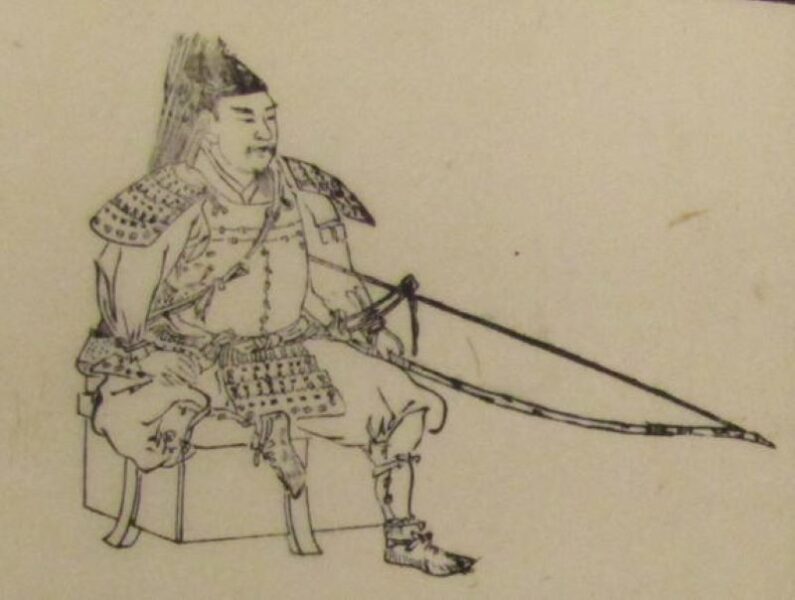
Fujiwara Noboritomi, who was defeated by the Abe army, was dismissed as responsible for the defeat, and Minamoto no Yoriyoshi of the Kawachi Genji clan was appointed as his successor as the governor of Mutsu Province. He was also entrusted with command of the military as the commander of the Chinjufu, and set out to suppress the rebellion
However, when Yoriyoshi arrived at Taga Castle (Tagajo City, Miyagi Prefecture), Abe Yoriki expressed his intention to submit, changing his given name "Yoriyoshi" to "Yoritoki" as he felt it was disrespectful to have the same pronunciation as Yoriyoshi, and showed his willingness to obey

Source: ColBase ( https://colbase.nich.go.jp/ )
Furthermore, the Imperial Court announced a pardon for the mother of the nation, Jotomon'in (the daughter of Fujiwara no Michinaga), who had been ill and prayed for her recovery, and with the Abe clan being pardoned, the conflict in Oshu was finally resolved
Who was the Kawachi Genji clan that gave birth to Minamoto no Yoriyoshi?

The "Minamoto clan" refers to members of the imperial family who descended as vassals, and the "Taira clan" is the same, with various lineages
The Kawachi Genji are a branch of the Seiwa Genji clan that split off from the 56th Emperor Seiwa, and were named after their ancestor Minamoto no Yorinobu, father of Yoriyoshi, who was based in Tsuboi, Kawachi Province (Habikino City, Osaka Prefecture)
Because Minamoto no Yorinobu put down the Taira no Tadatsune Rebellion in the Kanto region, the family was considered a military family, and it is believed that their military might reached the Emishi as well, and there is a view that Abe no Yoritoki prostrated himself before Yoriyoshi, saying that he was "no match" for him
The main line of the Kawachi Genji clan is connected to Minamoto no Yoritomo, and its branch lines include the Takeda clan, Satake clan, Ashikaga clan, Nitta clan, and Imagawa clan, and it is also the ancestor of the Nanbu clan, a samurai family with ties to the Tohoku region
Tsuboi Hachiman Shrine <Information>
- Facility name: Tsuboi Hachiman Shrine
- Address: 605-2 Tsuboi, Habikino City, Osaka Prefecture
- Phone number: 072-956-2824
- URL: Tsuboi Hachiman Shrine official website
Google Map
summary
With the appearance of Minamoto no Yoriyoshi of the Kawachi Genji clan, known for his bravery, it seemed that the Zenkunen no En (War of the Nine Years) would come to an end in 1052
However, four years later, the Akurigawa Incident once again brought the Kokufu and Abe armies into a state of fighting, and for a while the battle continued with no clear advantage being shown (continued in "The Battle of Zenkunen" and "The Battle of Gosannen" ②)









![[Series ③: The role of the previous nine years and the role of the second three years] Abe's army, which boasts unparalleled strength, is forced into a predicament by Minamoto no Yoriyoshi Minamoto Yoshiie](https://jp.neft.asia/wp-content/uploads/2023/11/134a54642694b5a7a2440647a33b73be-150x150.jpg)
![[Series ⑥: The role of the first nine years and the role of the second three years] From the internal conflict in the Kiyohara clan to the battle for the family succession, the role of the third year after it was considered a private war Three years later 1](https://jp.neft.asia/wp-content/uploads/2023/12/c0edc0a05afd06375d9f91bd4b7c9472-150x150.jpg)
![[Series ②: The role of the previous nine years and the role of the second three years] The role of the previous nine years is from the truce to the battle again, and the Kokufu army is struggling Taga Castle Ruins](https://jp.neft.asia/wp-content/uploads/2023/11/a0b8b1213124e7a13c7308fa81e053a2-150x150.jpg)
![[Series ④: The role of the previous nine years and the role of the second three years] Mr. Kiyohara's participation in the war completely changed the flow of the role of the previous nine years 1000310_m](https://jp.neft.asia/wp-content/uploads/2023/11/1000310_m-150x150.jpg)
![[Series ⑤: The role of the previous nine years and the role of the second three years] 20 years after the role of the previous nine years, signs of war once again spreading to Ou Minamoto Yoshiie 2](https://jp.neft.asia/wp-content/uploads/2023/11/43170603cd506225e1e986eec406b569-150x150.jpg)
![[Series ⑦: The first nine years of roles and the second three years of roles] The bond between the Genji and Togoku warriors, and the beginning of 100 years of prosperity of the Oshu Fujiwara clan Mokoshiji Garden Oizumi Pond in Winter](https://jp.neft.asia/wp-content/uploads/2023/12/75325853c50b8afdb1ab8cca28718b3a-150x150.jpg)
![Before the Satake clan's revocation, Akita City was the forefront of the Northern powers [Akita Prefecture] 446457_m](https://jp.neft.asia/wp-content/uploads/2024/04/446457_m-150x150.jpg)
![Hiyama Ando clan, ruled Akita during the Sengoku period and based in Noshiro [Akita Prefecture] Akita Fan](https://jp.neft.asia/wp-content/uploads/2025/03/0275d341934f847be3452ea4662d9a4e-150x150.jpg)
